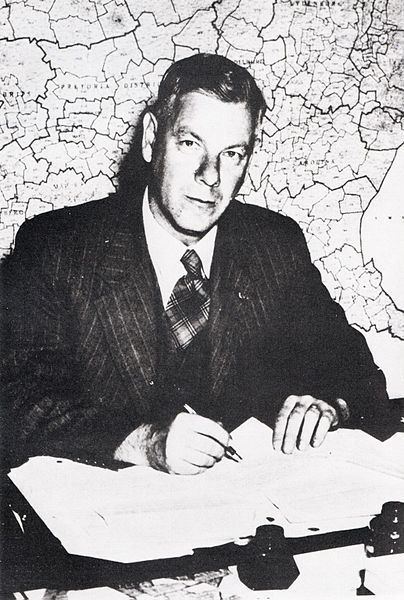 | ||
The Tomlinson Report was a 1954 study commissioned by the South African government into the economic viability of the 'reserves' (later the bantustans) into which the government intended to confine the black population. The Report found that the reserves were incapable of supporting South Africa's black population without significant enlargement and state investment.
Contents
Creation and composition
In 1950, the National Party government, then under Prime Minister D. F. Malan, set up a commission to devise "a comprehensive scheme for the rehabilitation of the Native Areas with a view to developing within them a social structure in keeping with the culture of the Native and based upon effective socio-economic planning". It was by chaired by Professor Frederick R. Tomlinson, who was assisted by a panel comprising mostly members of the South African Bureau for Racial Affairs (SABRA), a conservative think tank at Stellenbosch University. The most important contributors to the Report, besides Tomlinson, were Nic Olivier and Jan Sadie.
Report
The Tomlinson Report was presented to the government in October 1954 and ran, in its unabridged form, to 3,755 pages in 18 volumes. It concluded that if the reserves were to support the growing black population the government would need to invest at least £104 million over the following decade. Land additional to that set aside in the 1936 Land Act would need to be purchased and annexed to the reserves, and the state would need to develop industries in and near the reserves to create an additional 300,000 jobs. Even then, the Report said, the reserves would be able to accommodate only two-thirds of South Africa's projected black population by the year 2000. The Report also concluded that the traditional 'tribal' systems of authority used by the government to rule the reserves were not suitable for a modern industrial state.
Reception
The report was strongly criticised by Hendrik Verwoerd, then Minister of Native Affairs and staunch backer of 'total apartheid', since it cast doubt on the viability of a crucial plank of that scheme. He refused to implement almost all of its proposals. But it was also criticised by organisations like the African National Congress for its conservative founding assumption that the way forward for South Africa was to make the reserves capable of supporting total racial segregation, rather than to move towards integration and equal civil rights within a united South Africa.
Some have said that the Report was a turning point in South African history, which would have been dramatically different if Verwoerd had accepted the Report. But others have pointed out that the Report's recommendations, even by its own lights, would have been insufficient to make the reserves viable; and moreover the black population grew much faster than the commission had predicted.
